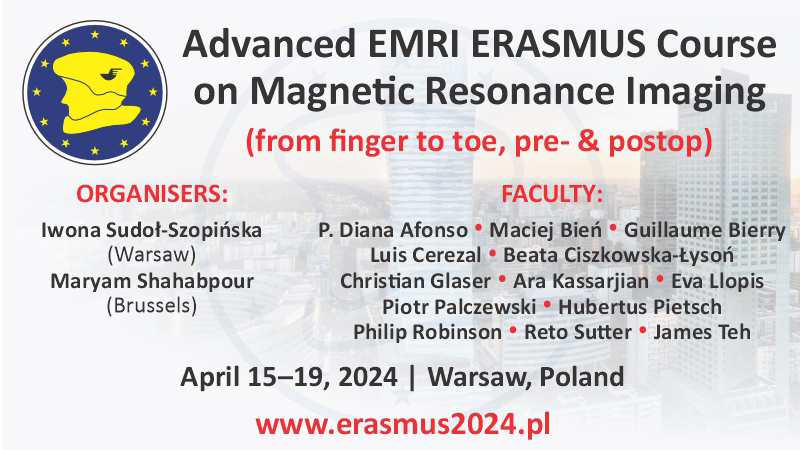Fine-needle versus core-needle biopsy – which one to choose in preoperative assessment of focal lesions in the breasts? Literature review
Ewa Łukasiewicz1, Agnieszka Ziemiecka2, Wiesław Jakubowski2, Jelena Vojinovic3, Magdalena Bogucevska4, Katarzyna Dobruch-Sobczak5
 Affiliation and address for correspondence
Affiliation and address for correspondenceAim: The aim of the study was to review two techniques that can be used to verify focal lesions in the breasts: fine-needle aspiration biopsy and core-needle biopsy. Material and methods: Fifty-five articles (original papers and reviews), half of them published within the past 5 years, were included in the analysis. The authors also took their own experience into account. Results: Pre-operative assessment of focal lesions in the breasts is crucial in the planning of further therapeutic management. The role of fine-needle aspiration biopsy has been reduced lately due to its low sensitivity and specificity as well as a high rate of non-diagnostic, suspicious and false negative results. This method does not enable one to differentiate between in situ and invasive disease. Currently, fine-needle biopsy is recommended for cystic lesions, suspected of being recurrences in the chest wall, and lymph node metastases. Core-needle biopsy is the basic diagnostic method of breast lesions. According to the recommendations of the Polish Ultrasound Society and American College of Radiology, BIRADS 4 and 5 lesions should be evaluated histopathologically. Core-needle biopsy makes it possible to establish a final diagnosis more frequently than fine-needle biopsy, both in the case of benign and malignant lesions. It delivers more information about the nature of a tumor (mutation of HER-2, estrogen and progesterone receptors and Ki-67 index). Its limitations include: underestimation of invasion and failure to recognize the components of ductal carcinoma in situ in papillary and atypical lesions. Single fine-needle aspiration biopsy is inexpensive, but when considering the cost of further diagnosis due to non-diagnostic, suspicious and atypical results, this method generates high additional costs. Conclusions: Microscopic verification of focal breast lesions is crucial for further therapeutic decisions. It has been proven that histopathological verification is more accurate and has more advantages than cytological assessment.






